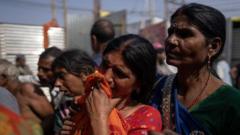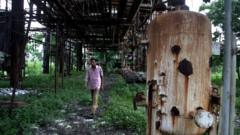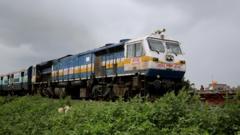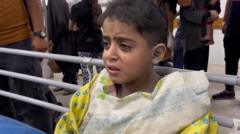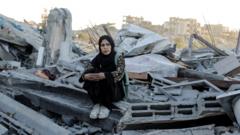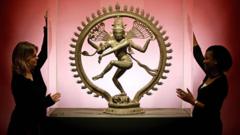**This article reflects on the profound impact of the tsunami across multiple nations and the resilience of affected communities.**
**Commemorating Two Decades Since the Devastating Tsunami in Asia**

**Commemorating Two Decades Since the Devastating Tsunami in Asia**
**A retrospective on the catastrophic event that claimed 230,000 lives in December 2004.**
On December 26, 2004, a catastrophic tsunami surged across the Indian Ocean, marking one of the deadliest natural disasters in history. Triggered by a powerful 9.1 magnitude earthquake off the coast of Sumatra, Indonesia, the wave raced towards coastal communities, claiming approximately 230,000 lives and obliterating entire towns in its wake. The force unleashed by the tsunami had been likened to that of an atomic bomb, with waves reaching towering heights of 160 feet as they made landfall.
Among the hardest-hit areas was Aceh, Indonesia, where the devastating impact led to the loss of around 170,000 lives. However, the waves did not stop there, as Sri Lanka, India, and Thailand also faced significant destruction. The far-reaching consequences united coastal communities in mourning and reverberated through nations a thousand miles apart.
In Banda Aceh, the wreckage was overwhelming, with soldiers seen carrying the lifeless bodies of victims across vast fields of debris. One symbol of resilience amidst the chaos was the Rahmatullah Lampuuk Mosque, which remarkably survived the onslaught and quickly became a focal point for humanitarian aid and community support. The aftermath of this day saw grueling body recovery efforts extend for days in some regions.
Two decades later, the scars of the tsunami remain embedded in the affected communities, serving as a solemn reminder of the fragility of life and the enduring strength of humanity.
Among the hardest-hit areas was Aceh, Indonesia, where the devastating impact led to the loss of around 170,000 lives. However, the waves did not stop there, as Sri Lanka, India, and Thailand also faced significant destruction. The far-reaching consequences united coastal communities in mourning and reverberated through nations a thousand miles apart.
In Banda Aceh, the wreckage was overwhelming, with soldiers seen carrying the lifeless bodies of victims across vast fields of debris. One symbol of resilience amidst the chaos was the Rahmatullah Lampuuk Mosque, which remarkably survived the onslaught and quickly became a focal point for humanitarian aid and community support. The aftermath of this day saw grueling body recovery efforts extend for days in some regions.
Two decades later, the scars of the tsunami remain embedded in the affected communities, serving as a solemn reminder of the fragility of life and the enduring strength of humanity.



